Our Services
Hudson Pediatric Cardiology Center provides a variety of diagnostic and treatment services for a wide range of cardiac conditions. Our services also include an understanding of your child's medical history, a physical exam, consultation and referral.
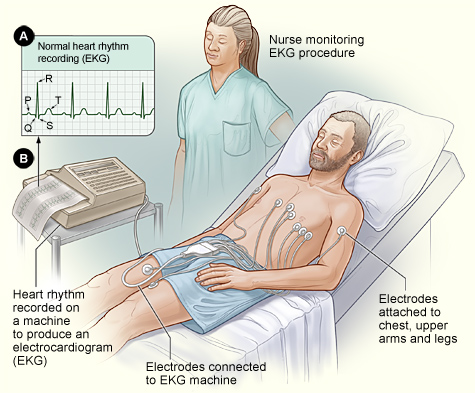
Electrocardiogram (ECG or EKG)
An electrocardiogram (ECG or EKG) is a test that measures the electrical activity of the heartbeat. An EKG gives two types of information. First, it measures how long the electrical wave takes to pass through the heart to determine if the electrical activity is normal or slow, fast or irregular. Second, it measures the amount of electrical activity passing through the heart muscle to determine if parts of the heart are too large or are overworked. The EKG machine receives tiny electrical impulses, but does not send electrical impulses. The test requires the placement of several stickers and leads to connect to the machine. The actual test records in just a few seconds and then the leads and stickers are removed. A print out of the results is generated following the test for the doctors to evaluate. The results of the EKG will be discussed during your visit and a report describing the results will be prepared shortly following your visit and sent to your child’s referring doctor.
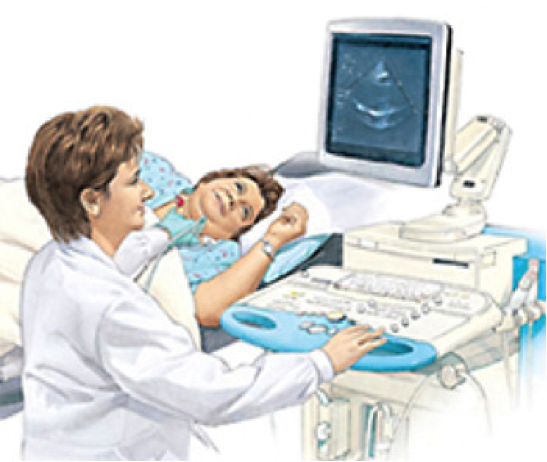
Echocardiogram
An echocardiogram is the use of an ultrasound machine to exam the heart and blood vessels. The structure and function of the heart can be examined using this test. This diagnostic test requires the placement of a few stickers on the chest and the application of a small amount of gel. The test is completed in our office by one of our physicians. Our doctors move a small probe over your child’s chest, upper abdomen, and neck, recording various pictures and movements of the heart and blood vessels. Most congenital heart defects and problems with heart function can be detected with this test. The results of the echocardiogram will be discussed with you during your visit and a report describing the results will be prepared shortly following your visit and sent to your child’s referring doctor.
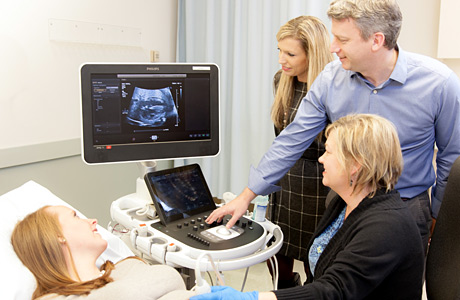
Fetal Echocardiogram
A fetal echocardiogram, similar to an echocardiogram, uses an ultrasound machine to examine your baby’s heart before birth. The structure of the heart, arrhythmias, and disorders of cardiac function can be examined using this test. The structure of the heart can be seen as early 16 weeks gestational age. Some heart abnormalities are not detectable prenatally even with a detailed expert examination. The results of the fetal echocardiogram will be discussed during your visit and a report describing the results will be prepared shortly following your visit and sent to your obstetrician.
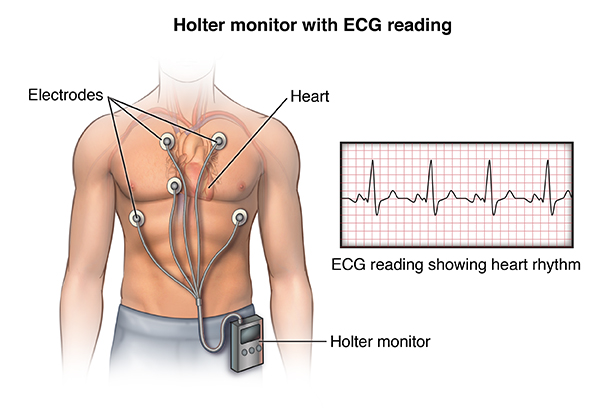
Holter Monitor
A Holter monitor is a portable, recordable EKG device that records heart rhythms continuously for 24 hours. If your child is experiencing symptoms daily, a Holter monitor may be used to analyze the symptoms. The Holter monitor is most effective when combined with a diary of events during the 24-hour period. The Holter monitor results combined with the diary of events will provide valuable information to make sure your child isn’t having dangerous heart rhythms. Similar to an EKG, stickers (electrodes) are placed on your child’s chest and attached to the small recorder. The recorder is battery operated and is usually worn on the belt or around the neck. Once the recording has been completed and the device is returned, the results are analyzed by our doctors. Results and consultation are usually provided within a week of return of the device.
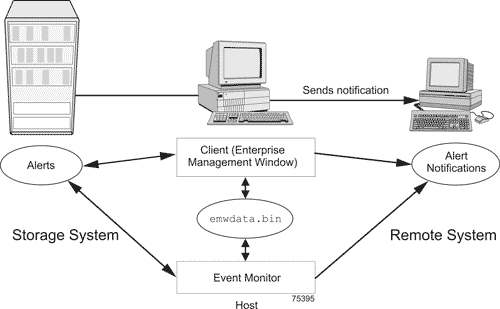
Event Monitor
Similar to a Holter monitor, an event monitor is a portable, recordable EKG device. If your child is experiencing cardiac events less than once a day, event monitoring is a way to record the heart rhythm when your child has symptoms. Unlike a Holter monitor, an event monitor is worn for an extended period of time, usually 28 days. The monitor records your child’s heart rhythms, but only saves the data surrounding the symptom. Once your child experiences the symptom, you or your child will need to push a button to record the event. The recordings are transmitted via telephone and the results are analyzed by our doctors. Results and consultation are usually provided within a week.
All Rights Reserved | Copyright 2018 © hudsonpedscardio.com
